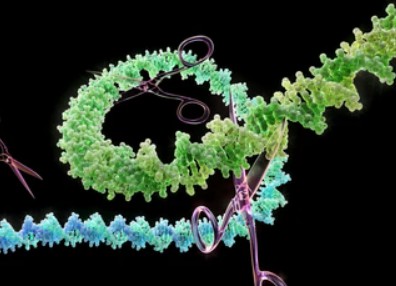Physcomitrella patens is a pivotal organism in plant molecular biology. It represents one of the earliest land-dwelling green plants and is an essential model organism for studying plant biology, including its unique adaptation to terrestrial life. However, gene knockout in Physcomitrella patens posed significant challenges. Previous methods, predominantly relying on homologous recombination, suffered from low efficiency. Additionally, the hybridization process in Physcomitrella patens was inherently difficult, hampering the generation of multiple mutant strains and hindering the study of gene families.

Creative Proteomics has extensive experience in Physcomitrella patens genetic transformation, and relying on our state-of-the-art technology platform, our researchers embarked on a journey to improve the efficiency of gene editing in Physcomitrella patens by examining various Cas proteins and determining that LbCas12a is an ideal candidate for this task. LbCas12a has unique properties that make it suitable for Physcomitrella patens.
LbCas12a requires only a 21-nucleotide crRNA guide, even considering the target gene's sequence length. This streamlined design, combined with its high editing activity, makes CRISPR/LbCas12a an efficient choice for multiplex gene editing. The power of CRISPR/LbCas12a shines through in its ability to efficiently edit multiple genes in Physcomitrella patens. We conducted extensive tests, targeting two, three, and multiple genes simultaneously. The results were impressive, as the CRISPR/LbCas12a system effortlessly generated single, double, and multiple mutants.
Furthermore, for certain gene families, CRISPR/LbCas12a exhibited superior efficiency to the conventional CRISPR/Cas9 system. This breakthrough simplifies the process and opens new avenues for exploring gene function within gene families in Physcomitrella patens.

Using CRISPR/Cas12a technology, Lifeasible overcame the limitation of low efficiency in obtaining knockout mutants for Physcomitrella patens knockouts and significantly improved the efficiency and diversity of knockouts in this important bryophyte. If you are interested in us, please feel free to contact us.